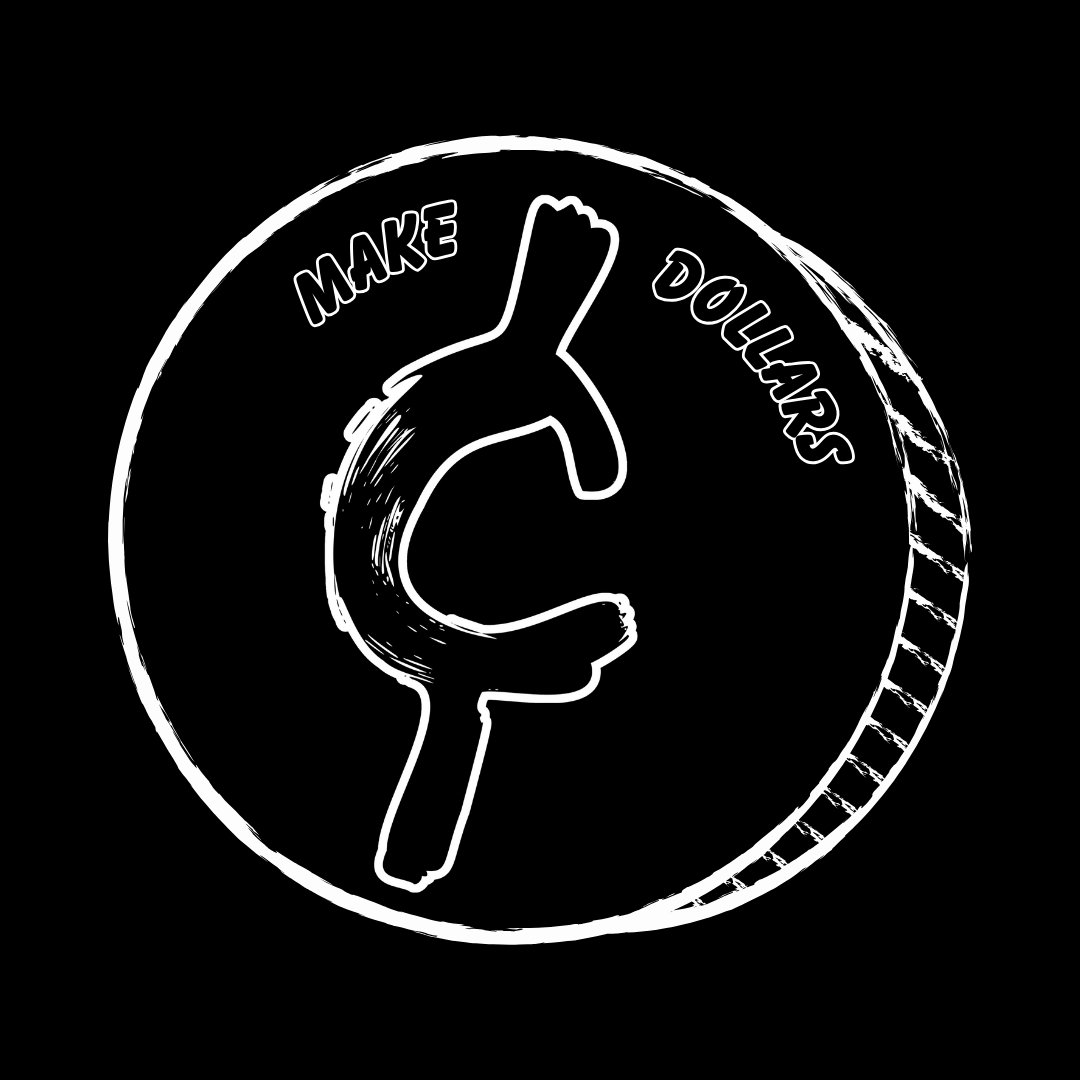How Coin Shops Determine Value: What Dealers Really Look For
If you’ve ever taken coins to a local coin shop or show, you might have wondered how the dealer came up with their offer so quickly. Coin shops buy and sell coins every day, and their evaluations follow a consistent process. Knowing how coin dealers determine value can help you understand what your coins are really worth — and make sure you get a fair deal.
The 5 Key Factors Dealers Use to Value Coins
1. Date and Mint Mark
This is always step one.
Each U.S. coin lists its year and often a mint mark — a small letter like D, S, or P showing where it was made. Dealers use these to check rarity and mintage.
Coins with low mintages (like the 1909-S VDB Lincoln cent or 1916-D Mercury dime) often command high premiums.
The same design from another mint may be worth only face value.
Tip: Before visiting a dealer, separate your coins by date and mint mark. It makes their job easier — and shows you’re an informed collector.
2. Condition (Grading)
A coin’s grade can multiply its value several times over.
Dealers typically follow the Sheldon Scale (1–70) used by major grading services like PCGS and NGC.
Circulated coins show wear and range from Good (G-4) to Extremely Fine (XF-40).
Uncirculated coins show no wear and range from MS-60 to MS-70.
Even small details matter: luster, strike sharpness, and eye appeal can all affect price.
A dealer may use a magnifier and good lighting to spot fine hairlines or rim dings — things casual collectors often miss.
3. Metal Content
If a coin contains silver or gold, its melt value is the baseline price.
Dealers check the spot price of metals daily and use it to calculate intrinsic value.
For example:
Pre-1965 U.S. dimes, quarters, and half dollars are 90% silver.
1965–1970 Kennedy halves are 40% silver.
Many pre-1933 U.S. gold coins are 90% gold.
Even damaged or heavily worn coins retain value for their metal content alone.
Pro Tip: Check silver or gold melt value before selling — it helps you gauge whether an offer is fair.
4. Demand and Market Trends
Not all value comes from rarity — collector demand drives the market too.
Some coins are common but hotly collected, like Buffalo nickels or Morgan dollars. Others are rare but less popular, keeping prices modest.
Dealers keep an eye on:
Current market trends and auction results
Popular series (like American Silver Eagles)
Shifts in collector interest (for example, error coins or toned pieces)
Demand can change quickly, which is why coin prices fluctuate — even for the same date and grade.
5. Eye Appeal and Originality
Two coins with identical grades can have very different prices. Why? Eye appeal.
Dealers pay attention to toning, luster, and overall look.
Coins with natural color, minimal marks, and balanced toning often sell faster — and for more — than dull or cleaned examples.
Important: Never clean your coins before selling! Cleaning destroys the surface and can drop value by 50% or more.
How Dealers Verify and Price Your Coins
After inspecting your coins, dealers usually reference:
Greysheet (CDN) — the industry’s wholesale price guide
Online marketplaces like eBay sold listings
Auction archives for rare or certified coins
They’ll typically make an offer based on wholesale prices, leaving room for resale profit. Remember: coin shops are businesses — they can’t pay full retail if they need to cover overhead and risk.
What You Can Do to Get the Best Offer
Know what you have: Use an online price guide or app like coincollectingtools.com before visiting.
Sort coins by type and condition: Dealers appreciate organization.
Bring realistic expectations: A fair offer is often around 60–80% of retail value, depending on demand.
Shop around: It’s okay to get multiple quotes, especially for higher-value items.
Final Thoughts
Understanding how dealers evaluate coins gives you confidence — whether you’re selling, trading, or just learning. Every coin has a story and a fair market range, and when you know how those numbers come together, you’ll never feel “in the dark” at a coin shop again.
Knowledge is your best investment in the hobby.
